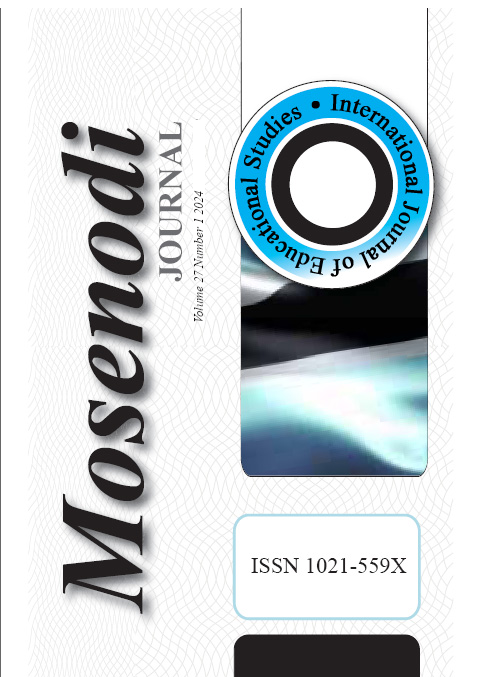TEACHER-STUDENT INSTRUCTIONAL COMMUNICATIONS IN A SETSWANA CLASSROOM
Main Article Content
Abstract
Poor academic performance the world over is a cause for concern. The abysmal failure of students in public examination has made stakeholders such as governments, teachers, parents, and learners themselves get concerned. Developed counties such as USA have experienced low academic performance in their schools. Similarly, in Africa cases of low performance have been reported. Botswana is not an exception as it has also recorded poor academic performance in different schools. Whilst causes of poor performance may in some cases be known in Botswana, the underlying factors of such causes may be unclear and hence needing to be interrogated. The current study is therefore an attempt to understand the causes of poor academic performance in one region of the country, the Tutume Sub-District, by analysing teacher-student instructional interactions (TSII) in a Setswana classroom in one junior secondary school, and the implication in learners’ academic performance using Flanders Interactional Analysis as the analytical tool. Observational case study was adopted, and purposive sampling technique for participant recruitment was used. The major findings of the study revealed that content cross was the most dominant TSII.
